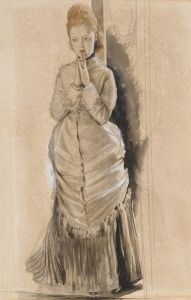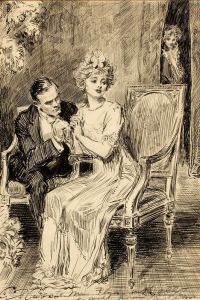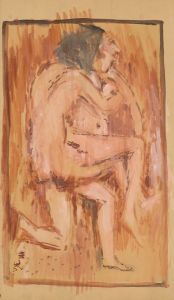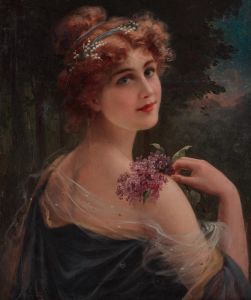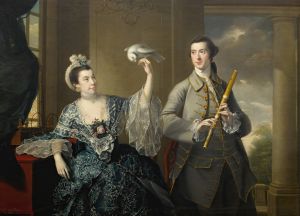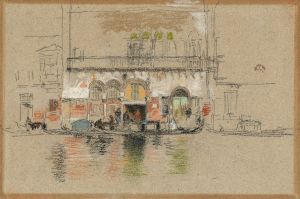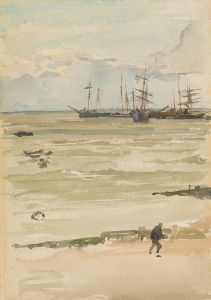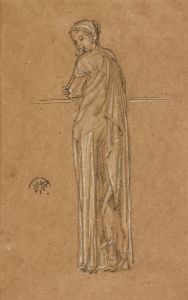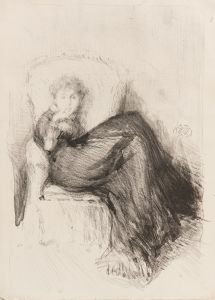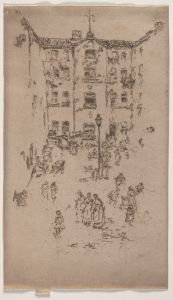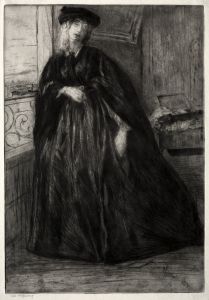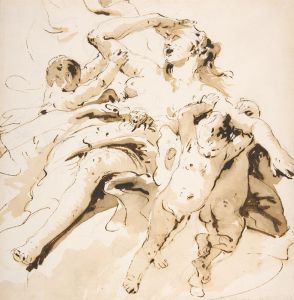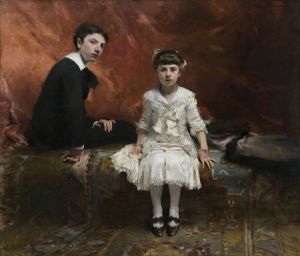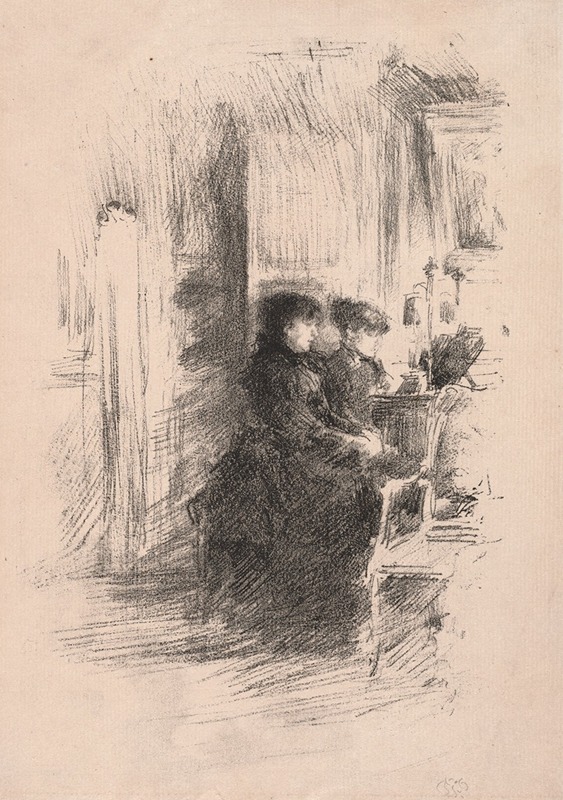
The Duet
A hand-painted replica of James Abbott McNeill Whistler’s masterpiece The Duet, meticulously crafted by professional artists to capture the true essence of the original. Each piece is created with museum-quality canvas and rare mineral pigments, carefully painted by experienced artists with delicate brushstrokes and rich, layered colors to perfectly recreate the texture of the original artwork. Unlike machine-printed reproductions, this hand-painted version brings the painting to life, infused with the artist’s emotions and skill in every stroke. Whether for personal collection or home decoration, it instantly elevates the artistic atmosphere of any space.
James Abbott McNeill Whistler was an American artist active during the late 19th century, known for his contributions to the Aesthetic Movement and his influence on the art world with his distinctive style. One of his lesser-known works is "The Duet," which, like many of Whistler's paintings, reflects his interest in capturing mood and atmosphere rather than focusing on detailed realism.
"The Duet" is an oil painting that exemplifies Whistler's approach to composition and color harmony. Whistler often employed a limited palette to create subtle tonal variations, and this work is no exception. The painting depicts two figures engaged in a musical performance, a theme that Whistler explored in various forms throughout his career. The figures are rendered with Whistler's characteristic fluid brushwork, which suggests rather than delineates form, allowing the viewer to focus on the overall harmony of the composition.
Whistler's interest in music as a subject can be linked to his belief in the parallels between visual art and music. He often titled his works using musical terms, such as "symphony" or "nocturne," to emphasize the importance of mood and composition over narrative content. In "The Duet," this connection is evident in the way the figures are positioned and the interplay of light and shadow, which create a sense of rhythm and balance.
The painting's background is typically subdued, with a focus on the interaction between the figures and their instruments. This approach is consistent with Whistler's philosophy of "art for art's sake," which advocated for the appreciation of art based on its aesthetic qualities rather than its subject matter or moral message. Whistler's style was influenced by his exposure to various artistic movements, including Impressionism and Japonism, which is reflected in his use of color and composition.
"The Duet" is part of Whistler's broader body of work that includes portraits, landscapes, and genre scenes. While not as famous as some of his other paintings, such as "Arrangement in Grey and Black No. 1" (commonly known as "Whistler's Mother"), "The Duet" nonetheless showcases Whistler's skill in capturing the essence of his subjects with economy and elegance.
Whistler's work, including "The Duet," has been exhibited in various galleries and museums, contributing to his legacy as a pivotal figure in the transition from traditional to modern art. His influence can be seen in the works of later artists who embraced the principles of the Aesthetic Movement and sought to create art that prioritized beauty and sensory experience.
Overall, "The Duet" is a testament to Whistler's mastery of composition and his ability to convey emotion and atmosphere through his unique artistic vision. The painting remains an example of his dedication to the ideals of beauty and harmony, which continue to resonate with audiences today.





